🌎 FIFA Women’s World Cup 2027 – 32 National Teams
🌎 FIFA Women’s World Cup 2027 – 32 National Teams
🌎 FIFA Women’s World Cup 2027 – 32 National Teams The year 2027 marks a historic occasion in women’s football: the 10th edition of the FIFA Women’s World Cup, scheduled to take place from 24 June to 25 July 2027 in Brazil—the first time the tournament will be held in South America Friends of FootballReuters+2Wikipedia+2FIFA+2.
📍 Host Selection & Legacy
-
On 17 May 2024, FIFA officially awarded Brazil the hosting rights over a joint bid from Belgium, the Netherlands, and Germany AP News+2Wikipedia+2FIFA+2.
-
This milestone makes Brazil the first South American nation to host the Women’s World Cup and the sixth country to host both men’s and women’s editions AP News+2Wikipedia+2Wikipedia+2.
-
Brazil already has a rich tradition of staging major football events: the 2014 men’s World Cup, 2016 Olympic football, multiple youth tournaments, and more The Guardian.
-
Eight stadiums have been finalized as venues—largely coastal locations and major cities—many of which were used in 2014:
-
Maracanã (Rio de Janeiro)
-
Mineirão (Belo Horizonte)
-
Mané Garrincha (Brasília)
-
Castelão (Fortaleza)
-
Beira-Rio (Porto Alegre)
-
Arena Pernambuco (Recife)
-
Fonte Nova (Salvador)
-
NeoQuímica Arena (São Paulo) FIFAJust Women’s Sports+3Wikipedia+3Wikipedia+3Wikipedia+1FOX Sports+1
-
⚽ Tournament Format – 32 Teams
The 2027 World Cup will feature 32 national teams, maintaining the expanded format introduced in 2023 Reuters+1ESPN.com+1. This will be the last Women’s World Cup with 32 teams; starting in 2031, the field expands to 48 teams Wikipedia.
Slot Allocation by Confederation:
According to FIFA’s December 2024 slot distribution (mirroring 2023):
-
UEFA (Europe): 11 direct spots
-
AFC (Asia): 6
-
CONCACAF: 4
-
CAF (Africa): 4
-
CONMEBOL: 3 (plus hosts Brazil automatically qualify)
-
OFC (Oceania): 1
-
Play-offs: Remaining 3 spots filled via a 10-team inter‑confederation playoff in late 2026 and February 2027 Wikipedia+2Friends of Football+2Reuters+2Reuters+1Wikipedia+1.
This ensures a global representation across all six FIFA confederations.
🛤 Qualification Journey (2025–2027)
Qualification tournaments run through 2025–2027, with every confederation organizing its own path:
-
AFC: Uses the 2026 Women’s Asian Cup for slot allocation (6 direct spots + playoff opportunities) Wikipedia.
-
CAF: Abides by the 2026 Women’s Africa Cup of Nations (4 direct spots + playoffs) Wikipedia.
-
CONCACAF: Determined via the 2026 CONCACAF Women’s Championship (4 direct + playoffs) .
-
CONMEBOL: Holds its first stand-alone qualification tournament among its nine nations (Brazil excluded) for 2 direct slots + playoff path Wikipedia.
-
OFC: Also hosts its first-ever stand-alone playoff in late 2025 for 1 slot .
-
UEFA: Qualifies via league stages and playoffs between February and June 2026, determining 11 direct European qualifiers + 1 playoff entrant .
Finally, the 10-team inter‑confederation playoff in Nov–Dec 2026 and Feb 2027 will decide the last three spots. It includes representatives from AFC, CAF, CONCACAF, CONMEBOL, OFC, and UEFA .
🏟 Host Cities & Stadiums
Eight Brazilian cities will host matches, mostly coastal and historical football hubs:
-
Rio de Janeiro – Maracanã
-
São Paulo – NeoQuímica Arena
-
Belo Horizonte – Mineirão
-
Brasília – Mané Garrincha
-
Fortaleza – Castelão
-
Porto Alegre – Beira-Rio
-
Recife – Arena Pernambuco
-
Salvador – Fonte Nova
These venues represent Brazil’s footballing diversity, ranging from historic to modern architecture and strategic geographic distribution Just Women’s Sports+1FOX Sports+1FOX Sports.
🇧🇷 Brazil’s Role & Star Power
-
Brazil’s national team, the most successful in South America, has participated in every Women’s World Cup, reaching runners-up (2007) and third place (1999) Wikipedia+1Wikipedia+1.
-
Marta, a six-time FIFA Women’s Player of the Year, continues to influence. As of July 13, 2025, she is contemplating future motherhood and her involvement in 2027 remains uncertain Reuters+1FIFA+1.
-
The local momentum includes grassroots empowerment—such as football training initiatives in Rio favelas, where young players like Kaylane and Kamilly Alves dos Santos dream of playing on a world stage at Maracanã AP News.
-
Investment in women’s football is increasing, with expectations of sustainable legacies in infrastructure, visibility, and youth inclusion .
🎯 Significance of a 32-Team Format
This edition represents a pivotal moment before expansion:
-
The 32-team structure allows diversity without overwhelming logistical complexity.
-
Teams from all continents compete, promoting global competitiveness and visibility.
-
The upcoming jump to 48 teams in 2031 reflects FIFA’s strategy to amplify growth and inclusivity—but 2027 stands as the last showcase of this stage .
🔮 Looking Beyond 2027
-
2031 tournament: Expands to 48 teams, held in the US/Canada/Mexico with a revamped structure of 12 groups and 104 matches .
-
2035: England/Scotland/Wales bid, also 48 teams Wikipedia+3Wikipedia+3The Guardian+3.
-
The men’s game similarly expanded to 48 teams starting 2026.
Thus, 2027 marks the end of one era and the lead-up to a new, more globally representative stage for women’s football.
📅 Tournament Timeline & Structure
-
June 24, 2027: Opening match (likely Maracanã)
-
June 24 – July 25, 2027: Group stage → Round of 32 → Round of 16 → Quarter-finals → Semi-finals → Final
-
July 25, 2027: Final
Matches will be spread across eight cities, with the opening game and final expected at Maracanã in Rio, with possible alternates announced closer to the date .
📥 Key Takeaways
-
Host: Brazil, June 24 – July 25, 2027
-
Format: 32 teams; last edition before 48 expansion
-
Venue count: 8 cities, from Rio de Janeiro to São Paulo
-
Qualification: Multi-confederation formats through 2025–2027 + inter‑confederation playoff
-
Legacy: A milestone event for women’s football in South America; a springboard into a bigger future
⏳ In Summary
The 2027 FIFA Women’s World Cup in Brazil is a landmark event: it builds on the legacy of the 32‑team format while setting the stage for future expansion. It comes with the significance of being the first in South America, and features a rich tapestry of venues, diverse qualifiers, and storylines from grassroots to legends like Marta. As Brazil prepares to host, the anticipation is sky-high—for both football and society.
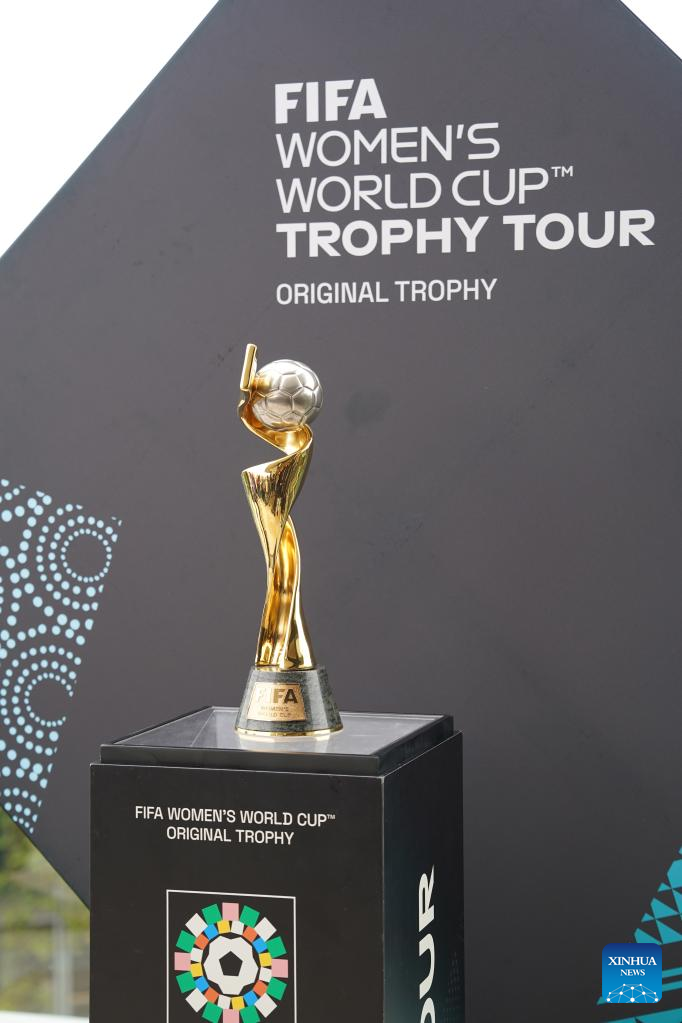
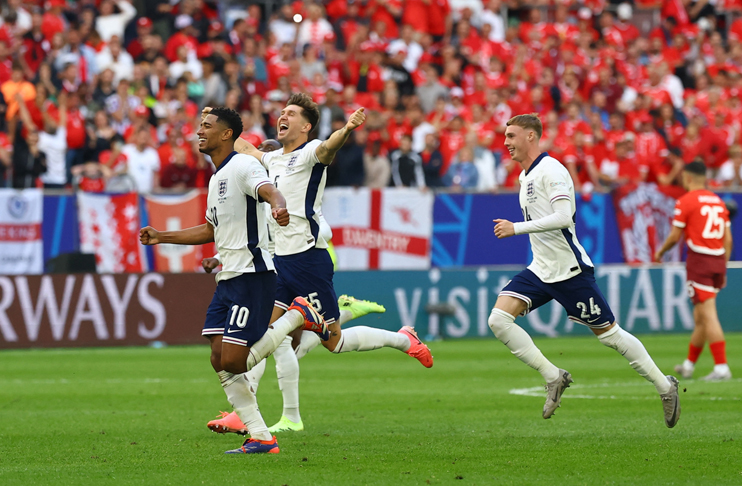
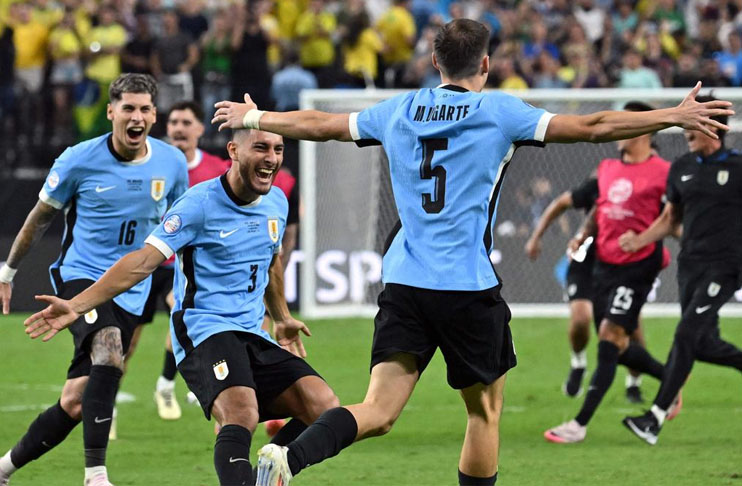
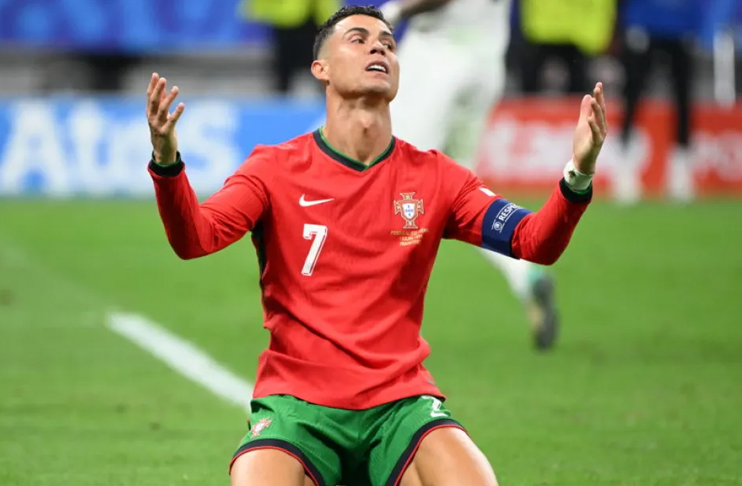

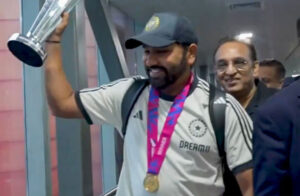
Post Comment